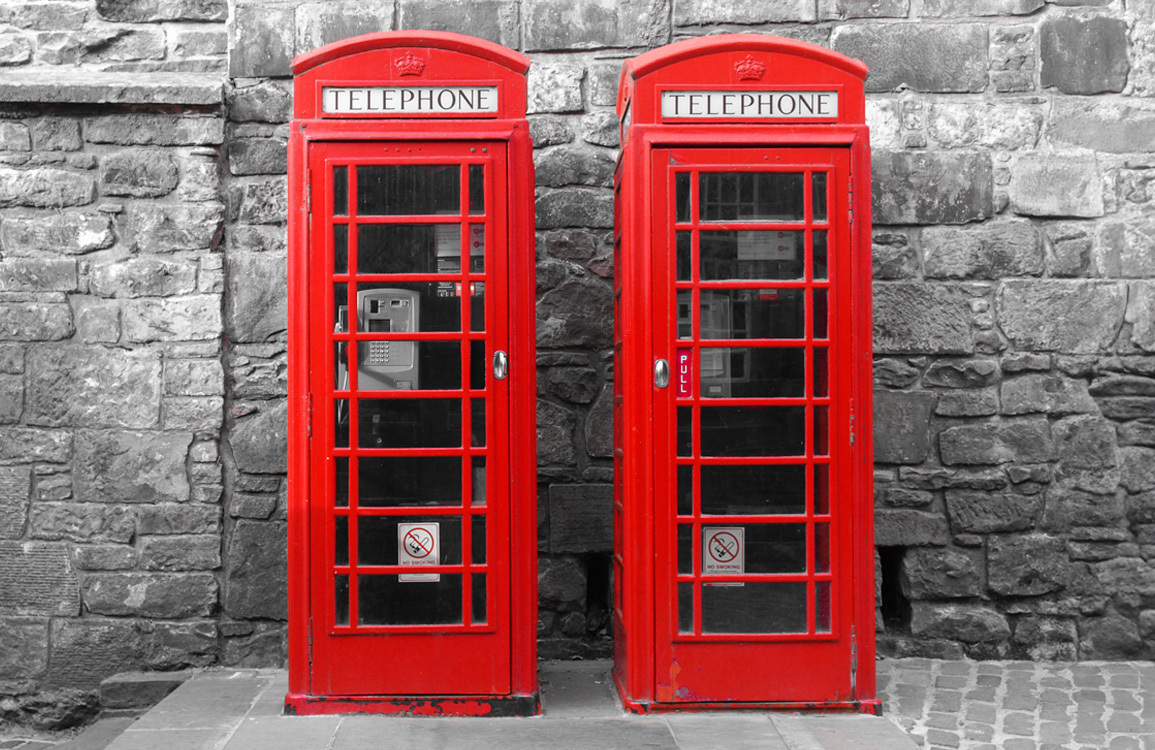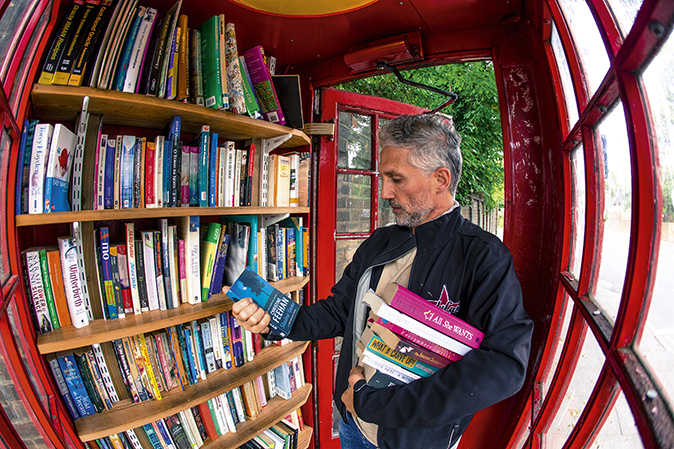
Updated: Mar 26th, 2025
London’s Red Telephone Boxes
Preserving London’s Iconic Red Telephone Boxes: A Glimpse into Their Evolution
As you stroll through the streets of London, it’s hard not to notice those iconic red telephone boxes standing tall, evoking a sense of nostalgia amidst the hustle and bustle of modern life. But these beloved landmarks are more than just relics of the past; they hold a rich history and continue to find new purpose.

The first exterior phone box, the K1, debuted in 1921 and was designed by architect Sir Giles Gilbert Scott. The K2, introduced in 1926, captured the essence of the red telephone box we recognise today. Initially scattered throughout London, these boxes soon became synonymous with British culture.
Fast forward to the present day and despite the dwindling necessity for traditional phone calls, these red booths still stand proudly on many street corners. They’ve become a rare sight, with only around 3,000 classic kiosks in the UK. However, their rarity hasn’t diminished their allure. Some boxes have become tourist attractions in their own right, drawing crowds eager to snap a photo with these iconic symbols of British heritage.

But it’s not just about preserving these telephone boxes as relics of the past; it’s about giving them new life and purpose. Thanks to initiatives like BT’s adopt-a-kiosk scheme, many of these boxes have been repurposed to serve the needs of modern communities. From housing defibrillators to functioning as miniature libraries or art galleries, these red telephone boxes have found new ways to contribute to society.

For instance, in the village of Marton cum Grafton in North Yorkshire, a red telephone box was transformed into a mini library back in 2010, offering residents a charming space to share and borrow books. Similarly, in London’s Lewisham borough, another box was converted into a micro-library, boasting a diverse selection of reading material for passers-by to enjoy.
Moreover, some entrepreneurs have seized the opportunity to monetise these iconic structures. The Red Kiosk Company, for example, has purchased numerous boxes from BT and rents them out to traders for various purposes. From coffee stalls to phone repair shops, these repurposed kiosks showcase the versatility and adaptability of these timeless icons.

In the heart of central London, Lovefone operates a kiosk in Holborn, providing iPhone repair services to locals. For the technicians, the kiosk serves as more than just a place of business—it’s an office and a hub within the community. With its profitability and success, Lovefone’s venture demonstrates the untapped potential of these historic structures when paired with innovative ideas.

While some challenges remain, such as navigating local regulations and maintaining interest among traders, the legacy of London’s red telephone boxes continues to endure. As we celebrate their centenary and beyond, let us cherish their nostalgic charm and embrace their potential to evolve and thrive in the modern world.
If you would like to repurpose your own piece of British history, then take a look at this telephone box in Stamford Hill.

This telephone box has even recently appeared in the national press – read more about it here in the Daily Express.
If you have a phone box to sell or any alternative properties such as the Water Tower featured in our April 17th and 18th, please do not hesitate to get in touch.
